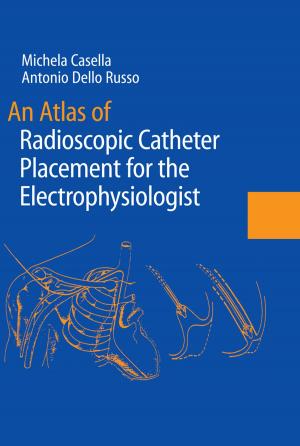Antiepileptic Drug Interactions
A Clinical Guide
Nonfiction, Health & Well Being, Psychology, Psychiatry, Medical, Specialties, Internal Medicine, Neurology| Author: | Philip Patsalos | ISBN: | 9781447124344 |
| Publisher: | Springer London | Publication: | December 3, 2012 |
| Imprint: | Springer | Language: | English |
| Author: | Philip Patsalos |
| ISBN: | 9781447124344 |
| Publisher: | Springer London |
| Publication: | December 3, 2012 |
| Imprint: | Springer |
| Language: | English |
Antiepileptic Drug Interactions: A Clinical Guide, Second Edition provides a pocket-sized, systematic description of the most clinically relevant drug interactions that occur between AEDs and also between AEDs and non-AEDs. AEDs are presented alphabetically and by drug class in three sections for easy access: Drug interactions between AEDs; Drug interactions between AEDs and non-AEDs: Interactions affecting AEDs; and Drug interactions between AEDs and non-AEDs: Interactions affected by AEDs.
Antiepileptic Drug Interactions: A Clinical Guide, Second Edition should help physicians make more rational choices when polytherapy regimens are indicated and should be of interest to all who treat patients with epilepsy: neurologists and neurosurgeons, trainees at all levels, general practitioners and epilepsy nurse specialists.
Antiepileptic Drug Interactions: A Clinical Guide, Second Edition provides a pocket-sized, systematic description of the most clinically relevant drug interactions that occur between AEDs and also between AEDs and non-AEDs. AEDs are presented alphabetically and by drug class in three sections for easy access: Drug interactions between AEDs; Drug interactions between AEDs and non-AEDs: Interactions affecting AEDs; and Drug interactions between AEDs and non-AEDs: Interactions affected by AEDs.
Antiepileptic Drug Interactions: A Clinical Guide, Second Edition should help physicians make more rational choices when polytherapy regimens are indicated and should be of interest to all who treat patients with epilepsy: neurologists and neurosurgeons, trainees at all levels, general practitioners and epilepsy nurse specialists.















